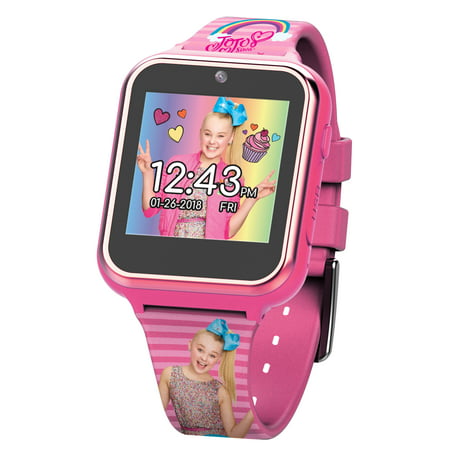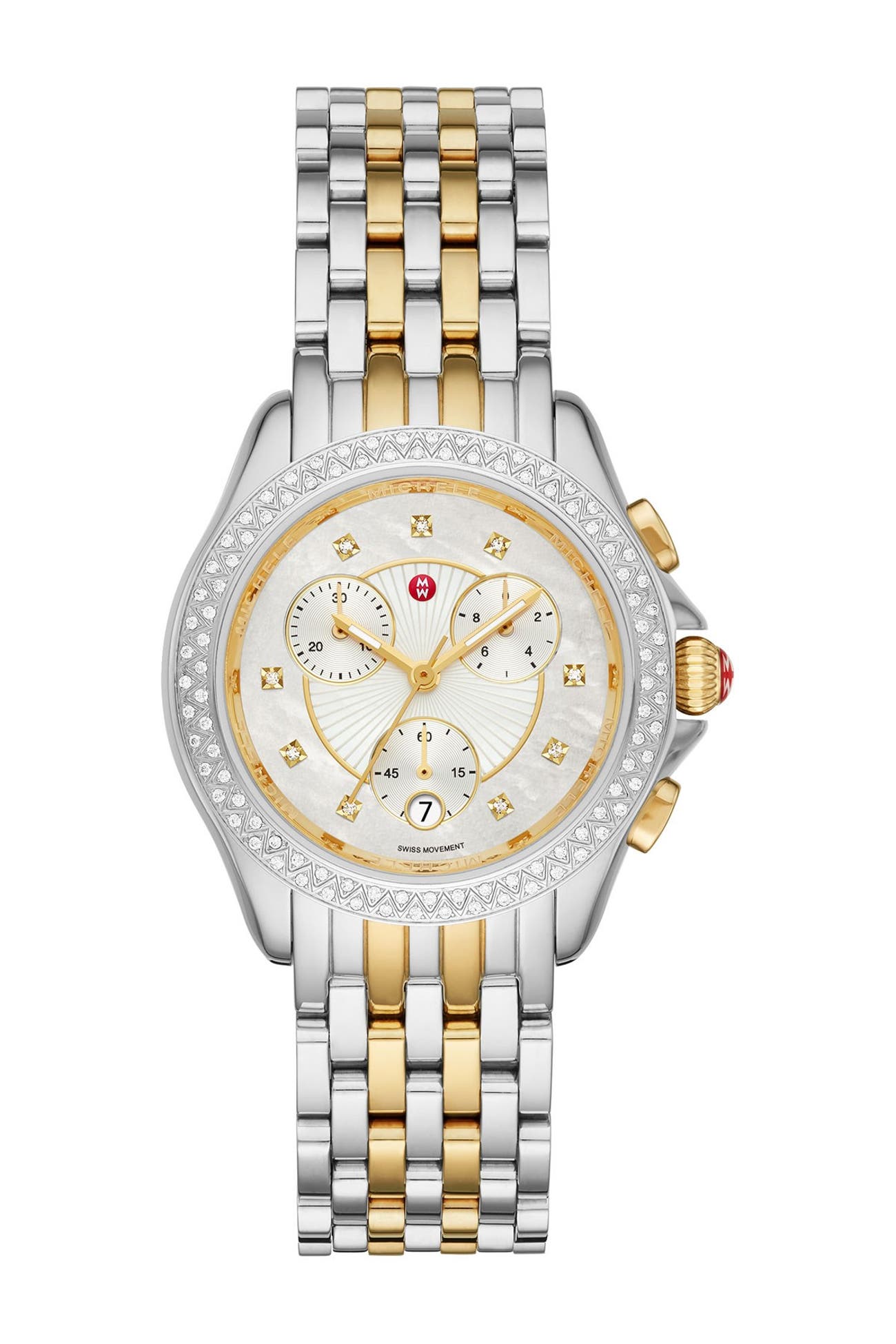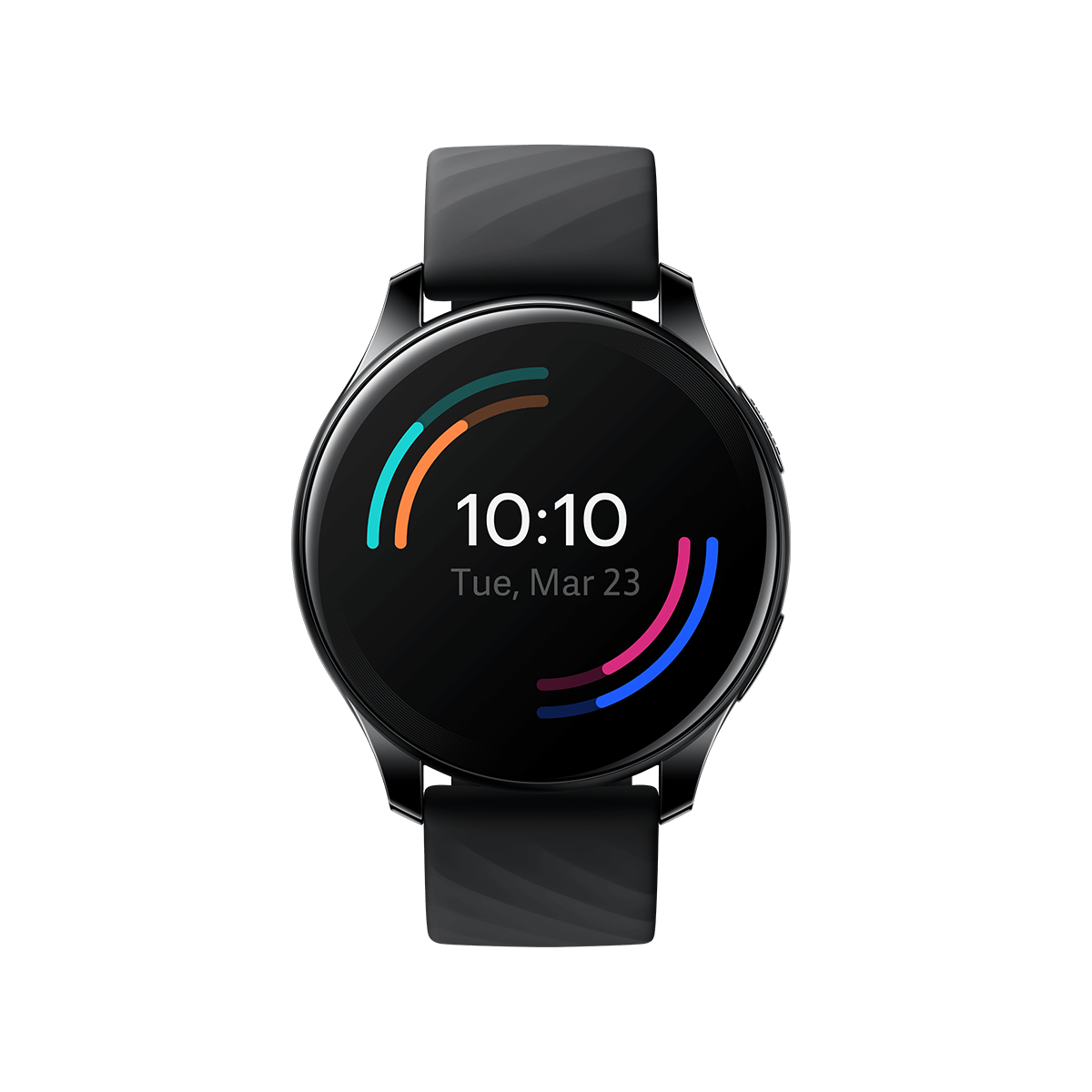JoJo Siwa iTime Kids Smart Watch, 40 mm
Her all-time favored is right here! JoJo Siwa iTime Kids’ Smart Watch with a multi-printed rubber strap and square crimson case. Features three wallpapers, 10 watch faces, alarm/timer/stopwatch, 6 video games, selfie picture/video digital camera, voice recorder, calculator and more!









Reviews
There are no reviews yet.